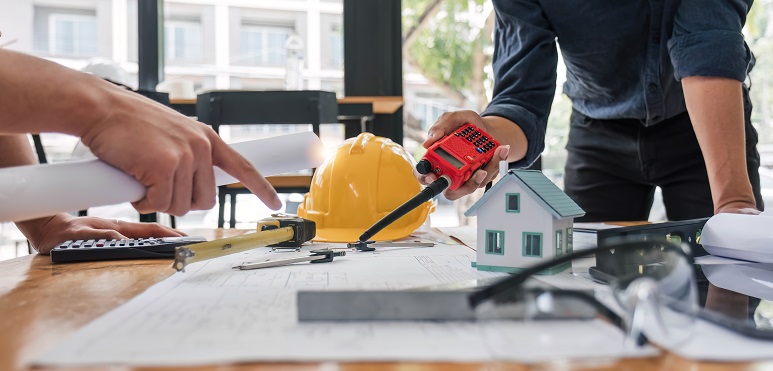Getting the right amount of materials is super crucial for any building job. If you’re the primary builder or a helper, nailing the material numbers means you can stick to your budget and not lose money.
Using a material estimator intelligently can make things smoother, save time, and help you make more money from your projects. This blog post offers ten easy tips for using a material estimator effectively so your numbers are spot-on and you work smarter.
1. Understand the Estimator Tool
It’s essential to familiarize yourself with the functions and features of material estimators, as they are designed to simplify the construction estimation process. Take the time to understand its capabilities, such as calculating quantities, generating cost reports, and integrating with other software, such as project management tools. A comprehensive understanding of the estimator’s features will enable you to leverage its full potential.
2. Input Accurate Data
The accuracy of your material estimates depends mainly on the quality of the data you input. Ensure that your measurements are precise and that all material details, such as type, grade, and dimensions, are accurate. Relying on rough estimates or outdated information can lead to significant discrepancies, affecting your project’s budget and timelines.
3. Regularly Update Prices
Material costs can change due to market dynamics. Failing to update your price lists can make your estimates outdated. Make sure to regularly review and update material prices to reflect current market conditions. This practice will ensure that your estimates are realistic and reliable, and it will help you avoid unexpected cost increases during the project
4. Remember to utilize historical data.
One of the most potent ways to improve the accuracy of your material estimates is to leverage historical data from past projects. Analyze previous estimates, material usage, and cost data to identify patterns and improve your future estimates. This approach enhances accuracy and helps anticipate potential issues before they arise.
5. Include Waste Factors
Material waste is an inevitable part of construction projects, and failing to account for it can lead to underestimating your material needs. Include waste factors specific to the type of materials and the nature of the project. By incorporating a buffer for waste, you can ensure adequate materials without unnecessary delays or added costs.
6. Consider Labor Costs
While a material estimator primarily focuses on material quantities and costs, it’s essential to integrate labor costs for a comprehensive budget. Labor costs can significantly impact your overall project budget, and including them in your estimates provides a more holistic view of the project’s financial requirements.
7. Use the Estimator for Scheduling
An often overlooked aspect of material estimation is its role in project scheduling. Align your material estimates with your project timelines to optimize planning and logistics. Doing so ensures that materials are available when needed, avoiding delays and improving project efficiency.
8. Seek Feedback from Field Teams
Your field teams are on the front lines, and their insights can be invaluable for refining your material estimates. Regularly seek feedback from on-site personnel regarding material usage, wastage, and any discrepancies in estimates. Incorporating this feedback helps improve the accuracy of future estimates and fosters better collaboration within your team.
9. Utilize Mobile Estimators
In today’s fast-paced construction environment, mobile estimator apps offer the convenience of real-time adjustments and on-the-go access to your estimates. These apps enable you to make quick changes, check material availability, and communicate effectively with your team from your mobile device. The added flexibility can significantly streamline your estimation process.
10. Continuously Improve Estimation Processes
The construction industry is constantly evolving, and so should your estimation processes. Regularly review your estimation practices, stay updated with industry trends, and explore new tools and technologies to enhance your material estimation. Continuous improvement keeps you competitive and ensures your estimates remain accurate and efficient.
Conclusion
Accurate Material Takeoff Services is crucial for the success of any construction project. By understanding your estimator tool, inputting accurate data, staying current with material prices, leveraging historical data, and seeking feedback from field teams, you can significantly enhance the accuracy and efficiency of your estimates. Additionally, considering labor costs, using the estimator for scheduling, utilizing mobile estimators, and continuously improving your estimation processes will set you apart in the competitive construction industry.










